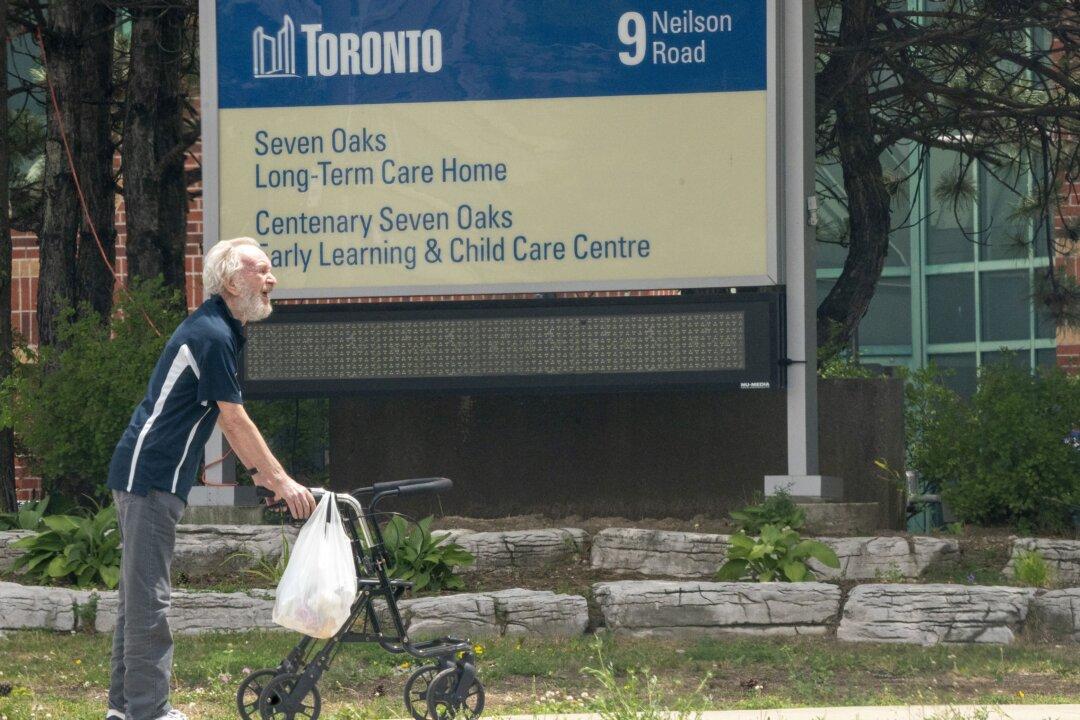A report by the Parliamentary Budget Officer suggests that an adequate expansion and upgrade of seniors long-term care in Canada would increase the public cost by $13.7 billion a year. It’s a high cost that has some renewing calls to emphasize care in the home over an institutionalized model.
The recent analysis by Yves Giroux was prompted by House of Commons Motion 77, introduced by Green Party MP Paul Manly, which proposed several changes to seniors care that would carry significant costs. The PBO report estimates an $8.5 billion price tag for the proposed changes to facilities-based care, which includes adding 52,000 new long-term care beds, raising staff pay and benefits by 15 percent, and increasing direct care from 2.7 hours per day to 4. An additional $5.2 billion for home care would bump up its share of total public spending on seniors care to 35 percent.





